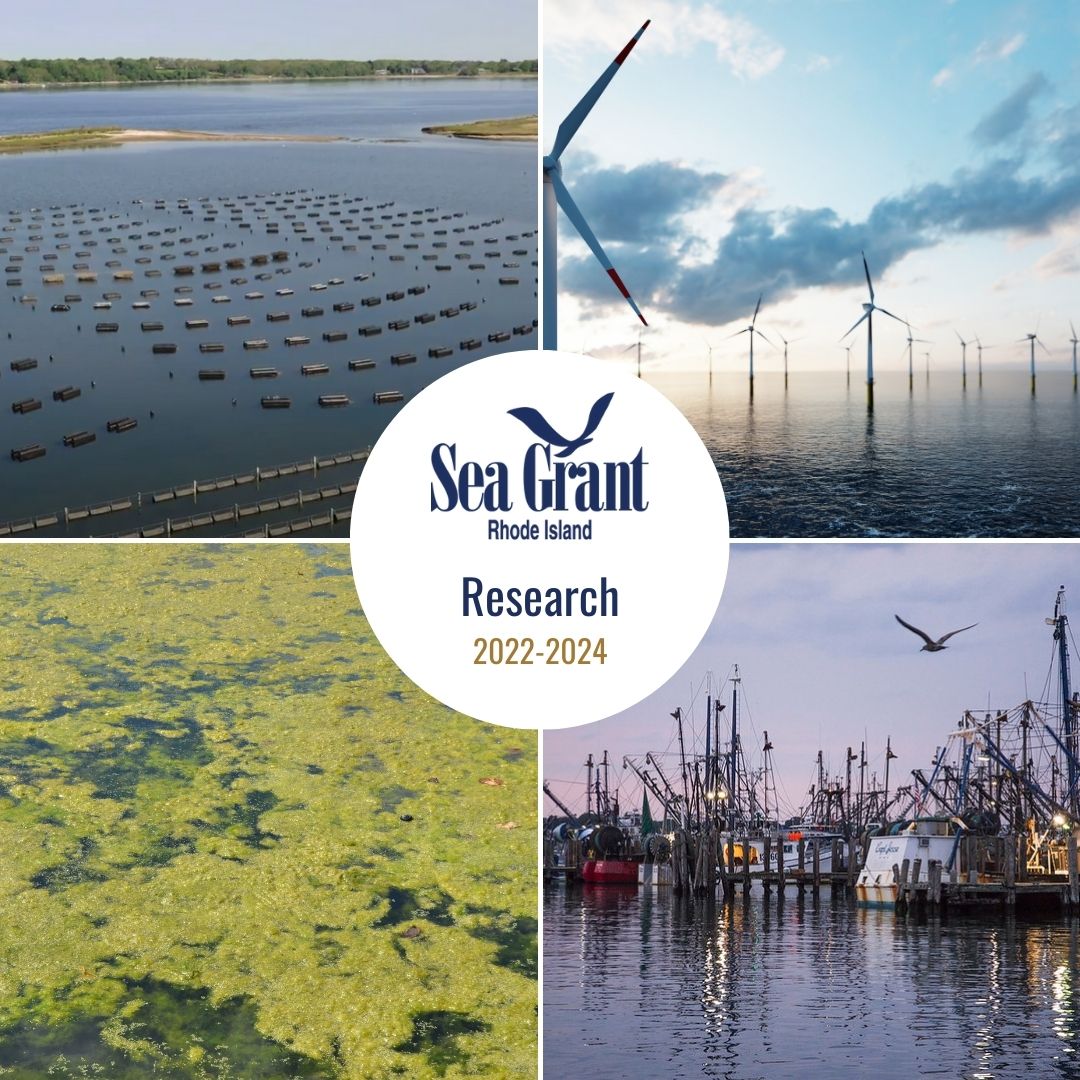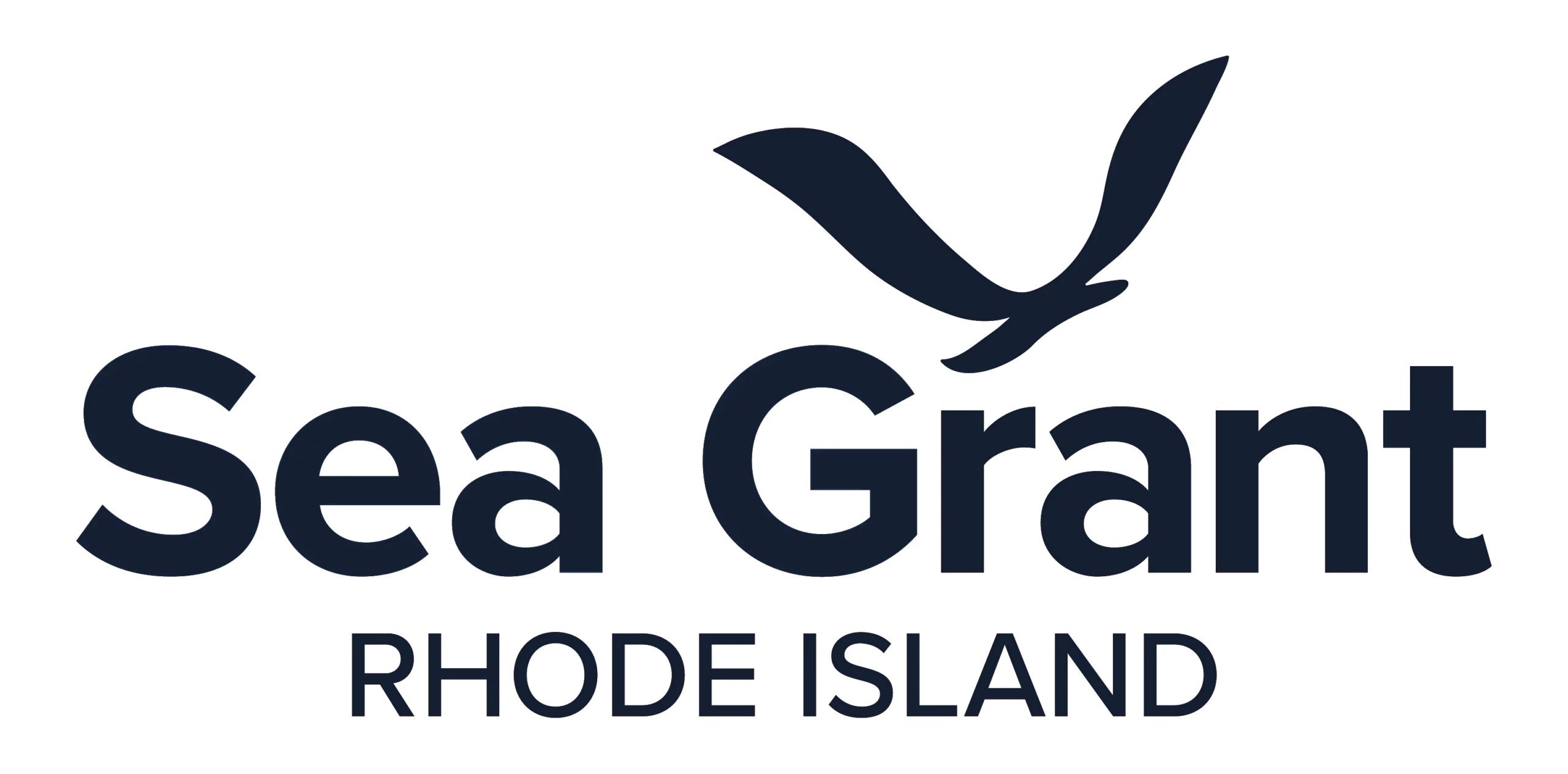
Rhode Island Sea Grant has selected five two-year research projects to build upon understanding of rust tides and harmful algal blooms (HABs) and their impacts to Rhode Island’s ecosystems, public health, and aquaculture and wild harvest industries. Funded research will also include a project to investigate the application of marine spatial planning tools for managing multiple uses of ocean resources.
Narragansett Bay and coastal New England have seen an increase in frequency and expansion of harmful algal bloom (HAB) and rust tide events, which has led to significant shellfish closures that impact both wild harvesters and shellfish growers.
“HABs and rust tide have fortunately not historically been a problem in Rhode Island but are now infiltrating our coastal waters,” says Alan Desbonnet, assistant director of Rhode Island Sea Grant, adding that as uses of coastal and ocean waters evolve and expand “we need research focused on helping us better understand and plan for variety of uses of our coast.”
Several of the research projects focused on HABs and rust tides will investigate environmental triggers/conditions associated with these blooms and their production of toxins. Other projects will work to refine models for predicting of harmful algal bloom events, and apply long-term datasets of phytoplankton species in Narragansett Bay and DNA sampling methodologies to better identify and understand species that cause harmful blooms and rust tides.
And as activities within Rhode Island’s coastal and marine waters expand, from aquaculture to offshore wind, marine managers must navigate multiple-use challenges of limited space and resources. Sea Grant-funded work in this area will identify successful experiences and future opportunities for small coastal and marine operators in Rhode Island to participate in the blue economy via multi-use opportunities. The scope of this study includes small operators utilizing Rhode Island’s salt ponds, Narragansett Bay, and waters of Block Island and Rhode Island Sound. This project is intended to improve the development and management of the multiple uses of coastal and marine resources.
